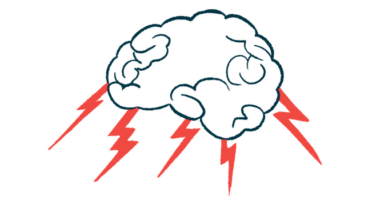
Newly Diagnosed: Taking the First Step on Your Journey
Becoming educated is a good place to start on your journey with Batten disease. Whether you are a patient or a caregiver, knowing as much as possible about the disease will help you be a more active participant in your or your loved one’s healthcare. Learn more below about Batten disease, its causes, its symptoms, and how it’s diagnosed.
Overview
Batten disease, also known as neuronal ceroid lipofuscinosis, refers to a group of rare inherited neurological conditions that can cause vision loss, progressive motor and cognitive decline, and seizures. There are different types of Batten disease, classified according to the age at which symptoms appear. Disease symptoms can occur (congenital), appear during childhood (infantile, late infantile, and juvenile) or adulthood.
Types
Although originally used to describe only the form of the disease that begins between the ages of 5 and 10, or juvenile-onset disease, the term Batten disease is now used to describe a group of five related conditions, all collectively known as neuronal ceroid lipofuscinoses (NCLs). Based on age range and severity of symptoms, the five types are: congenital, infantile, late infantile, juvenile, and adult Batten disease.
Causes
Batten disease is caused by a genetic mutation, typically inherited from both parents. More than 400 mutations in 14 different genes have been identified. Mutations in each of these genes cause a distinct disease type; more than one gene can be associated with any one of the five types of Batten disease.
Symptoms
The symptoms and onset of Batten disease can differ from person to person. Patients usually develop symptoms between ages 5 and 10, though the earliest symptoms — like behavioral changes or clumsiness — can be subtle. The most common first symptom of the disease is loss of vision, followed by seizures.
Diagnosis
Batten disease can be challenging to diagnose because many of its symptoms are not specific to the disease, and patients often are tested for or diagnosed with a variety of diseases before a conclusive diagnosis is reached. Diagnostic tests includes skin or tissue sampling and blood or urine tests, but a genetic test is needed to confirm a Batten diagnosis.
Living With Batten Disease
Batten disease is progressive and shortens life expectancy. Treatments available are primarily palliative, intended to improve patients’ quality of life and slow the worsening of symptoms. Living with Batten disease is challenging for both patients and their caregivers. Treatment, diet, and lifestyle changes, as well as support groups, can help in maintaining a higher quality of life.






